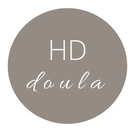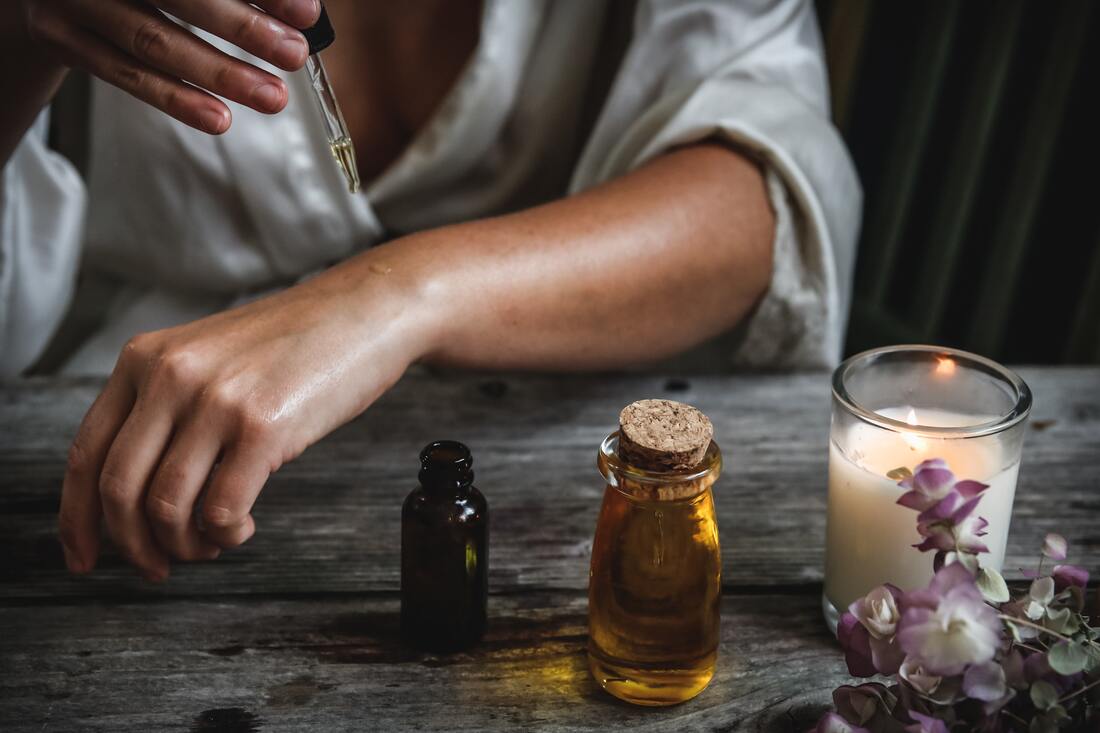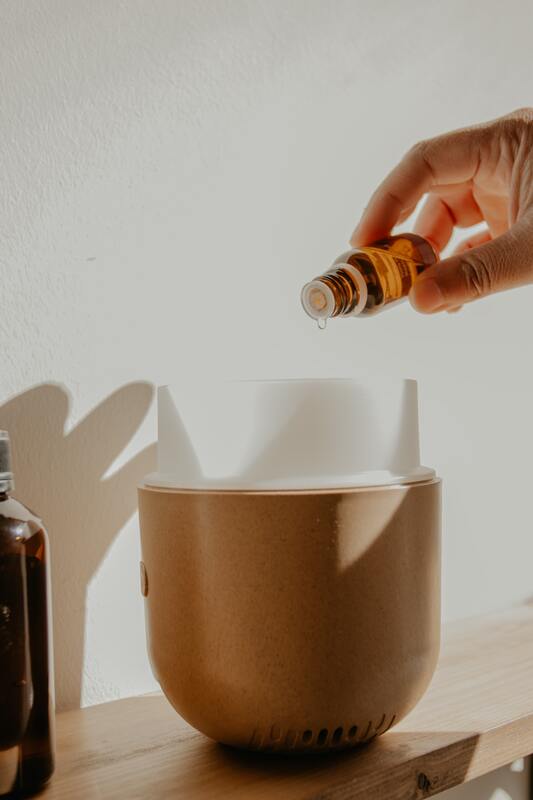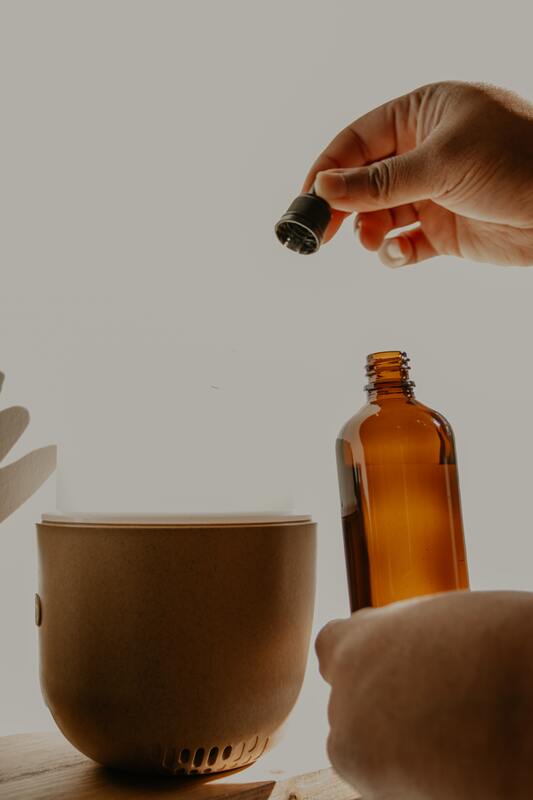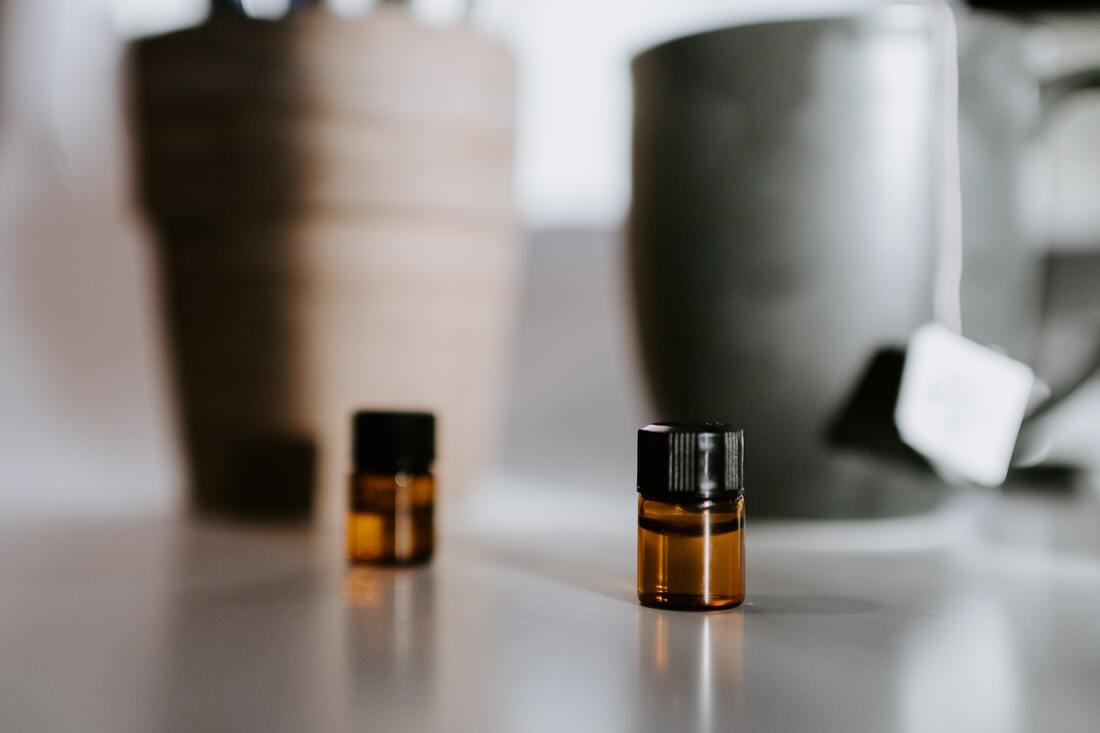|
I have personally been using essential oils for over four years. After doing the research, relying on the wisdom and experience of our midwife, and trial and error, I adopted these little liquids into our family. They have come to be part of our homes medicine cabinet and cleaning regimen. What are essential oils? Simply put, essential oils are the aromatic liquids extracted from plants. Our bodies are made up of raw materials from the earth just like plants are and our chemistry is strikingly similar. Plants were created to nourish our bodies as food just as they were created as a tool to bring healing to them. When liquid substances are extracted from plants they are loaded with the plants powerful properties including antibacterial, antiviral, antimicrobial, antiseptic, anti-fungal, and anti-inflammatory. Many essential oils are actually the active ingredient in prescription drugs or the inspiration for chemical copies (1). Essential oils, although non toxic to humans, are highly concentrated as it can take up to hundreds of pounds of plant material to fill each of those cute tiny bottles with liquid gold. A great example of their potency: The essential oil of oregano is twenty-six times more powerful as an antiseptic than phenol, which is the active ingredient in many commercial cleansing materials (2). Safety of essential oils Just because something is “natural” does not mean that it is always safe. However, I think we might be asking the wrong questions. Regardless of the substance, we should be taking on the responsibility to research proper safety and usage instead of blindly consuming or applying. That said, shouldn’t we be questioning the safety of synthetic drugs and treatments much more than we scrutinize something that comes from the earth? When proper usage is followed of non-reconstructed, pure oils that are free of fillers and pesticides, the benefits of using these liquids extracted from plants greatly outweigh potential risks. Please do not take only my advice or that of someone who sells oils. Listen, learn, and then research for yourself from reputable sources. Find your facts from aromatherapy practitioners and evidence based studies. To help you get started, here is an evidence based website regarding aromatherapy (the use of essential oils): National Association for Holistic Aromatherapy This book is also an excellent resource written by an aromatherapist, reflexologist, and Chairman of Research for the International Federation of Aromatherapists: The Complete Book of Essential Oils & Aromatherapy How to use essential oils Essential oils can be used aromatically. When using an essential oil aromatically the liquid molecules are put into the air and are able to be breathed in. Not only will the the oils clean the air of some pollutants, our bodies will benefit from inhaling and processing the properties of the oils internally. Some methods of aromatic use include:
Essential oils can also be taken orally although this is the least affective method of use as the oils would need to pass through the digestive system which affects their chemistry. There is also lacking research on the effects of essential oils on the human microbiome. If we believe the evidence that supports essential oils having antibacterial properties, then we must believe that they will affect the digestive system accordingly. Essential oils should only be taken orally (this includes consumption of oils diluted in water and encapsulation) acutely and it is best to consult with a qualified health professional in this case. Another method of essential oil use is topically. Topical use of essential oils involves diluting the plant liquid into a carrier oil such as olive or avocado, jojoba, or fractionated coconut and applying to the body. Dilution charts can be found here. There are so many ways to take advantage of the medicinal, cleaning, and smell good properties of essential oils. You can include them in bath salts, hand soaps, homemade cleaning products, and as healing substances for common ailments like colds, fevers, rashes, etc. Our home is a healthier and less toxic environment because of these plant based liquids. Now that you know the very basics of the make up, safety, and use of essential oils, we will talk about their specific uses in pregnancy, birth, and the postpartum period in the next post! Resources:
1. Valerie Ann Worwood - The Complete Book of Essential Oils & Aromatherapy- Medicines Out of the Earth 2. Valerie Ann Worwood - The Complete Book of Essential Oils & Aromatherapy- The Fragrant Pharmacy More, important information: Comments are closed.
|
